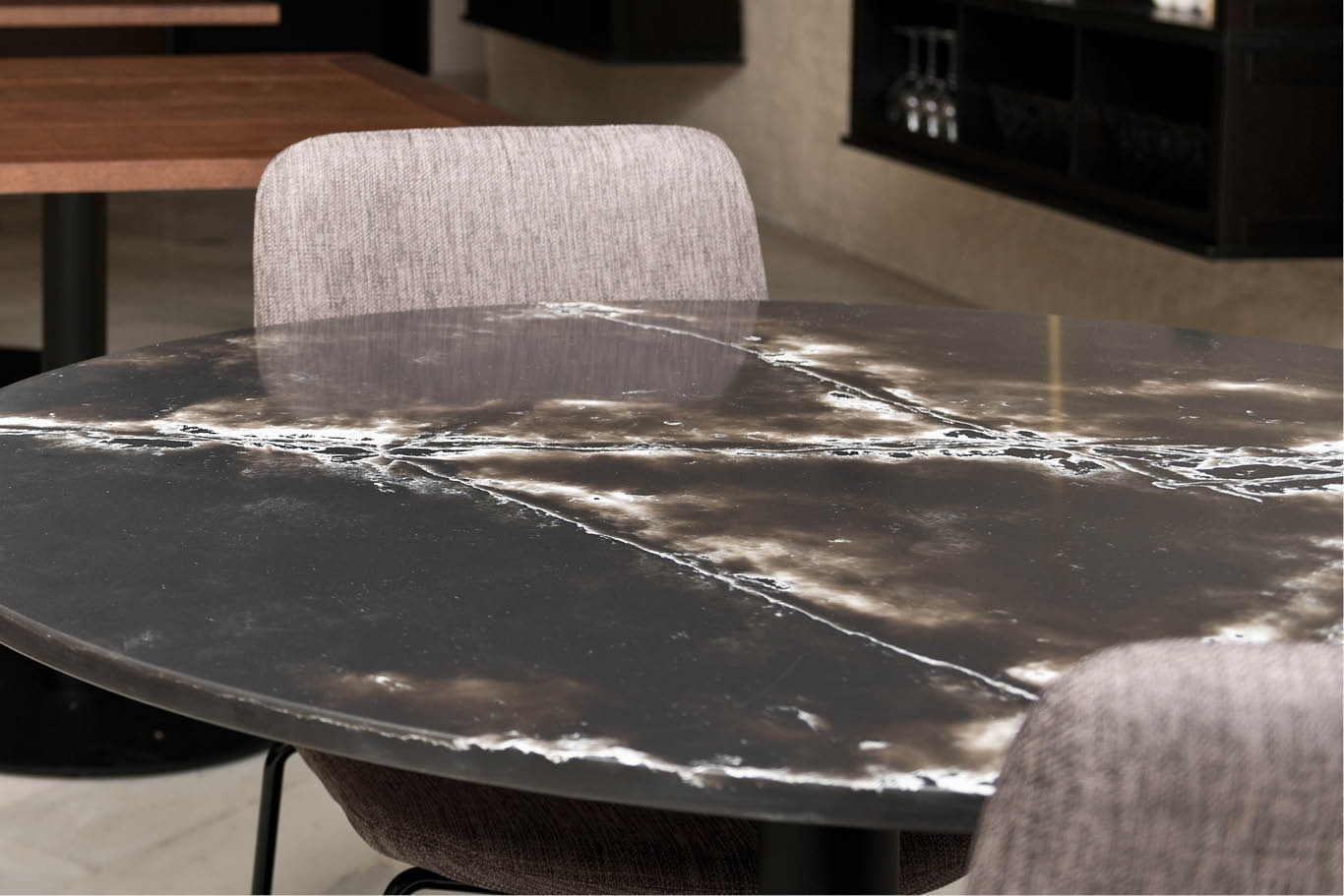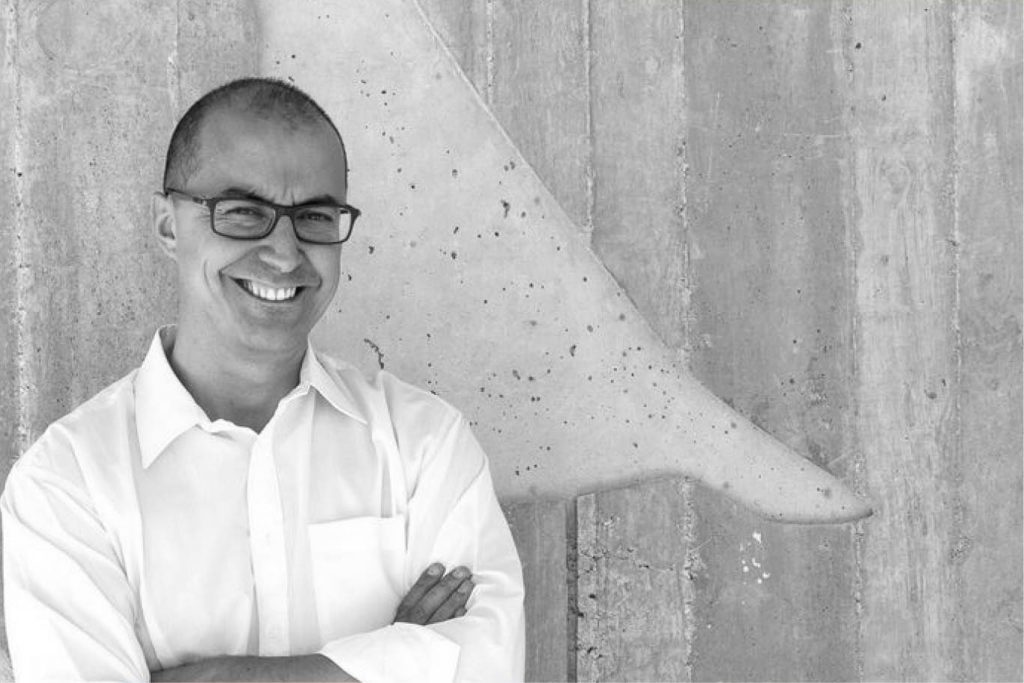
Gabriel Verd is a widely experienced architect in school design. We speak to him about the key features to creating these spaces.
Which project or projects are you working on at the moment?
The last four years have been crazy, in a good sense. From the start, we developed projects that we won in public tenders; private commissions were few and far between and small-scale. This type of commission took us out of our ‘comfort zone’… every project we won came from a competition and the reason for putting forward original or different ideas could only have one of two outcomes: losing or winning the tender. If we won, whether the project got built or not would depend on other factors.
Since the change of in the economic climate, most of the work we have been doing has been private and it is precisely because of our approach in putting forward original projects that we are enjoying so much success with our clients. We have adapted well to the change and in 2015, Gabriel Verd Arquitectos and Buró4 joined forces to share experiences, teams and talent. Like baggage on a new journey, this partnership has enabled us to pack in experience in both pathways, with design quality, responsible urban planning, a commitment to sustainability and providing the best response to our clients’ requirements being the foundations underpinning our partnership.
We are currently building 1,000 homes in developments across Andalusia and we are also developing hotel facilities, urban development plans, student halls of residence, churches… We are also designing several teaching facilities in Madrid, Barcelona and on the east coast.
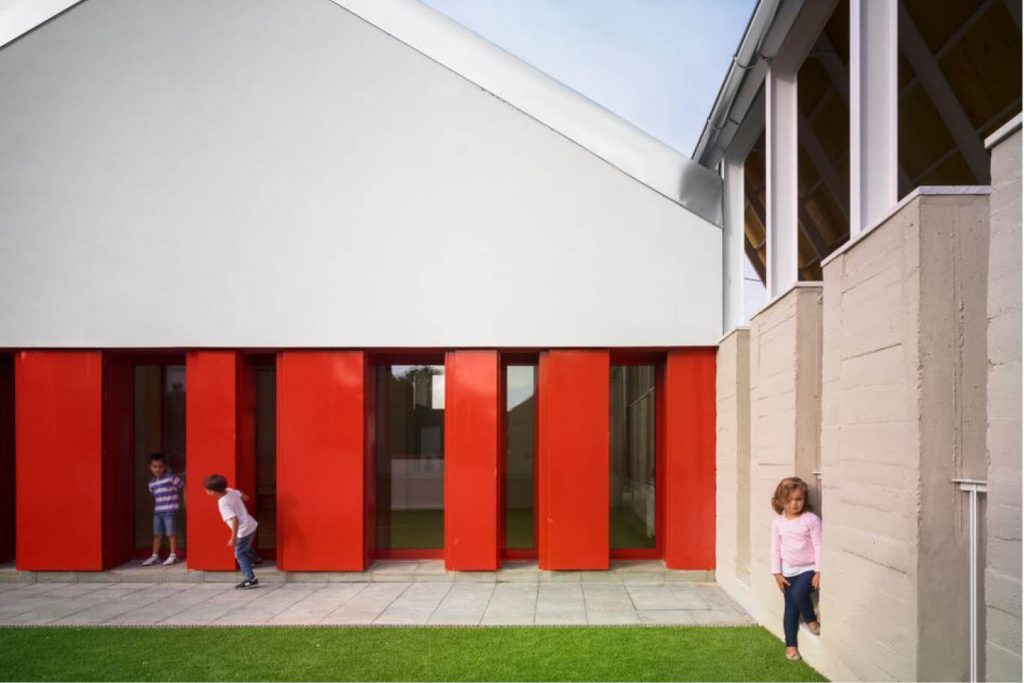
A lot of your work is focused on housing and schools. What got you into this area?
We have always been really interested in the domestic scale and feel comfortable with this kind of project; they were also the first type of projects we did. Then, local governments encouraged this type of tender.
Both social housing and public schools are projects where you need to be exact in terms of both programme and budget. They are tangram pieces that need to fit together perfectly for this type of project to get off the ground. When it comes to private projects, parameters change and possibilities widen. Public projects are about attaining a minimum whilst private projects are about hitting the heights.
It’s interesting that whilst cities mainly comprise housing, this is the least covered topic at university when you’re a student. Years later, as a visiting lecturer at the Facoltà di Architettura di Cagliari (Italy), social housing was the main topic I taught for several years.
How should schools be built today? Is there an essential element?
Siro López said in his book ‘Esencia’ that a school building, like teachers, requires one ingredient: passion. Therefore, as architects and being part of the creative process behind a school, we cannot make them mere containers for children. Schools should respond and adapt to the needs of the entire educational community: pupils, teachers and parents. They also need to fit a specific context (social, geographic, financial…); designing a small rural school cannot be the same process as designing one in a neighbourhood of a big city. Many of them are a reflection of the ideas of the community promoting them—no school should be the same as another.
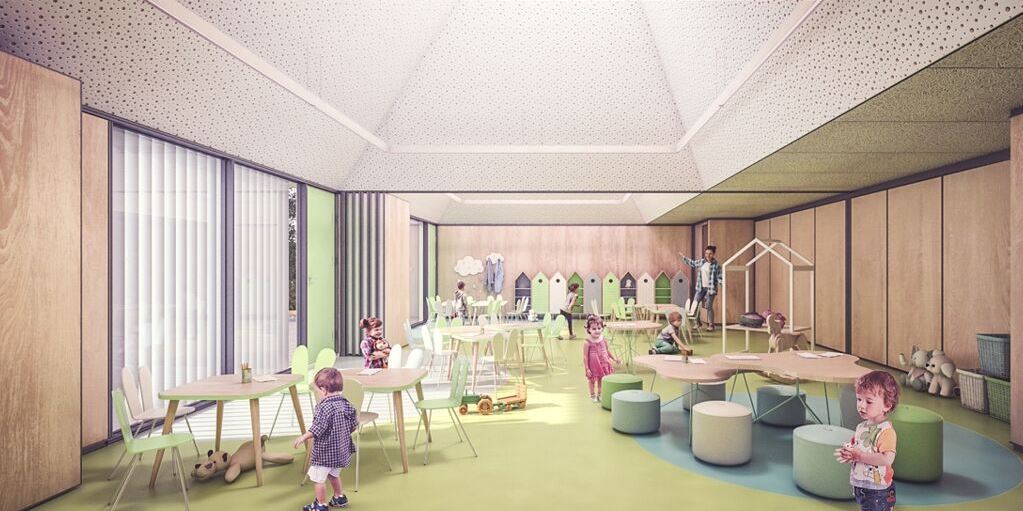
And in the future? Where is school design headed?
They need to be meeting places, spaces that inspire and foster motivation. Schools should transcend just teaching and become dynamic elements in cities that transmit values such as superation, solidarity, peace and justice. As María Montessori said, ‘it is not education or the educational method or system that need concern us, but the ‘child’ itself’.
Sofía Costas, psychologist and head teacher at the Santo Ángel de la Guarda school in Seville, has stated that classrooms should be versatile, filled with light and colour, be spacious, flexible and comfortable to enhance the teaching and learning process. They should be spaces where creativity, knowledge and the ability to think have a place, that encourage a climate of companionship to boost confidence so that children give free reign to their creativity. They should be flexible spaces that can adapt to technological and pedagogical changes (cooperative work, integrated projects…), that strengthen critical thinking and the culture of reflection, social skills, self-esteem and leadership capability. But, more than this, they should be spaces that are alive and have soul.
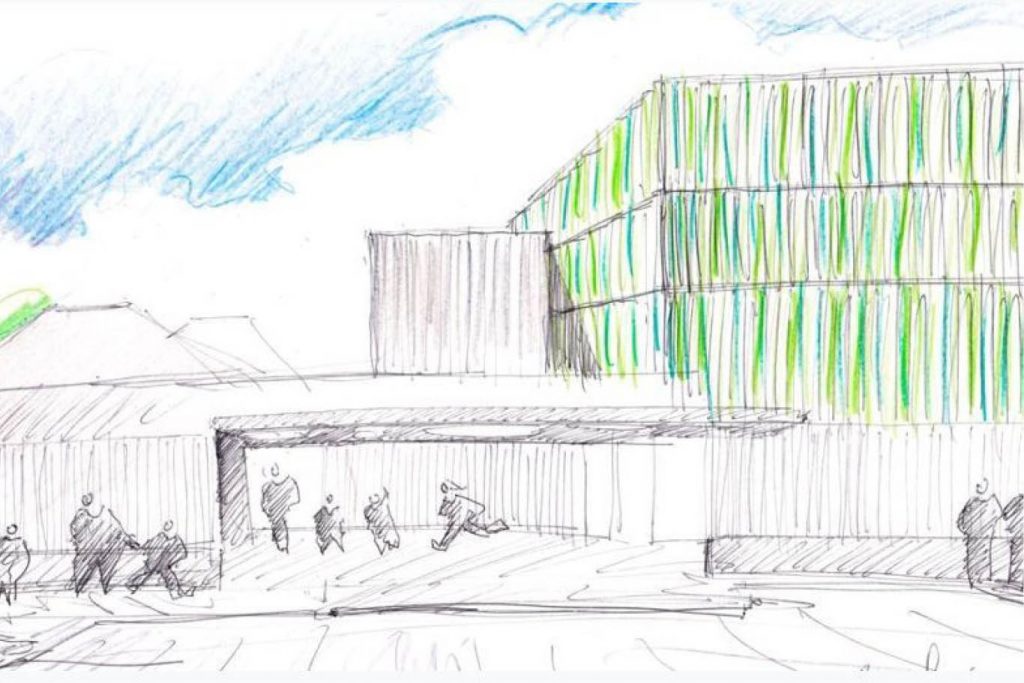
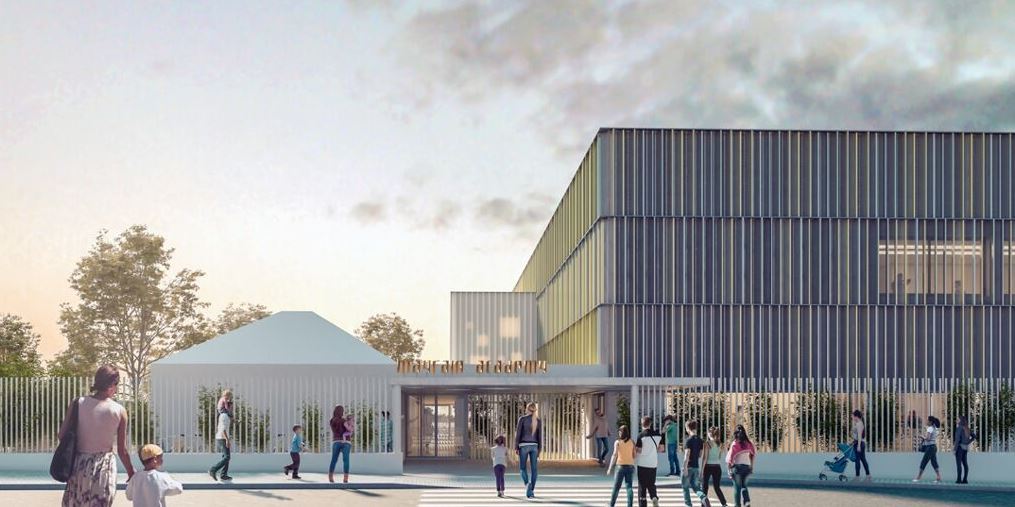
Where do you seek inspiration when working on a project?
That’s a hard question. The architecture trade is with you all day every day, there’s so much to study and research. You need a good team, to know how to surround yourself with those who know more than you do… a good library is essential and, above all, work and more work.
An architecture professor once told me that you can know an architect by the reference books found on his/her shelves. Someone else once told me that jazz musicians do not improvise but rather they know thousands of compositions that flow freely when they are performing. I think something similar occurs with architects. There is obviously an important creative process but afterwards, like in a game of Tetris, you have to fit all the pieces together: budget, technical requirements and endless regulations. The fun part is in fitting it all together effectively without any gaps in the middle.
Inspiration doesn’t just come from architecture, I get it from my family (my wife and daughters), travel experiences, talking with clients and colleagues…over time you learn how to listen, to form precise questions and to learn from your mistakes. Having a critical approach to things helps enormously, not accepting everything as valid and rethinking certain things to come up with original solutions… Sometimes, you also need a bit of luck and your ‘muse’ to stop by.
Do you think there is a global trend in architecture right now?
I think it’s currently easier to identify trends by geographic areas or specific architects than there being styles per se. It’s all very eclectic. Time will eventually give a name to our current era, it always happens, we just need the perspective that time allows us. I’m sure that we’ll be able to give an easy answer in a few years. When architecture mainly reached us through specialised magazines just a few years ago, you could spot trends depending on the different editorial approaches. Now, although that still exists, the explosion in digital platforms has opened up our perspectives and we now have easy immediate access to architectural designs from anywhere in the world.

